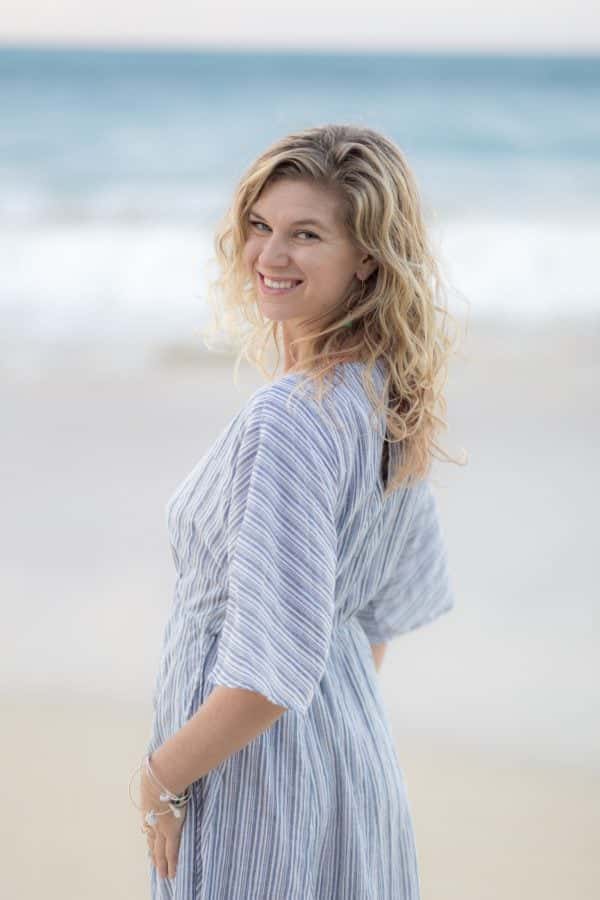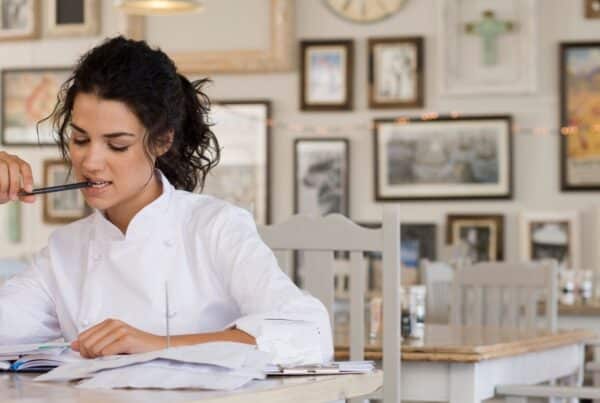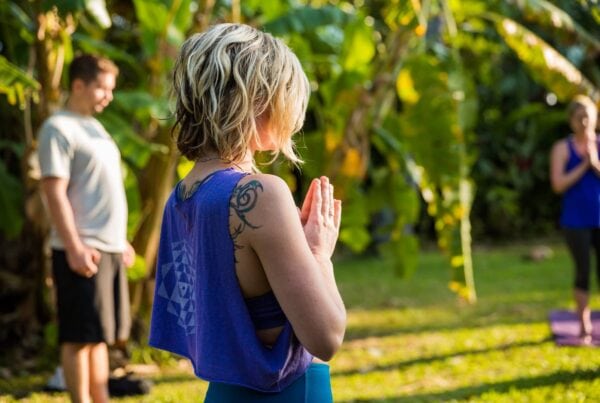How to Price Your Services as a Private Chef: Finding the Right Fit for You
Pricing your services as a private chef is both an art and a science. It’s about striking the perfect balance between covering your costs, valuing your time, and offering competitive rates that reflect the unique experience you bring to the table. Whether you’re catering a romantic dinner for two or a multi-day retreat, finding the right pricing strategy is crucial to ensuring your business thrives.
In this blog, we’ll explore two popular pricing methods: the hourly or day rate plus food costs and assistant costs, and the all-inclusive per person per meal rate. Each has its own benefits and potential pitfalls, depending on the specifics of the event and the number of guests.
1. Hourly or Day Rate + Food Costs + Assistant Costs
This method breaks down your pricing into three main components:
- Hourly or Day Rate: Your charge for your time and expertise.
- Food Costs: The total cost of ingredients needed for the event.
- Assistant Costs: Any additional help you may need, such as a sous chef, server, or dishwasher.
Example Calculation:
Let’s say you charge $50 per hour and estimate that a dinner service will take 8 hours, including prep, cooking, and cleanup. Your food costs are $300, and you need an assistant for 4 hours at $25 per hour.
- Hourly Rate: 8 hours x $50/hour = $400
- Food Costs: $300
- Assistant Costs: 4 hours x $25/hour = $100
Total Cost to Client: $400 + $300 + $100 = $800
This method allows you to transparently charge for your time and the exact cost of food and additional help. However, it’s important to consider that if the number of guests increases, your food and assistant costs will rise, but your hourly or day rate remains the same. This can potentially eat into your profit margins if not managed carefully. This method also mandates more organization for bookkeeping for each job, as some clients will want to see all your receipts to ensure that your food costs are accurately presented on the invoice. For newer chefs not fully understanding their usual costs, it’s a great way to begin as you get used to how much to price out!
2. All-Inclusive Per Person Per Meal Rate
The all-inclusive rate is straightforward: one price covers everything, from your time and the food to any additional help you need. This method is particularly popular for events with a fixed number of guests or for retreat catering.
Example Calculation:
Imagine you charge $100 per person per day for a retreat and you have one assistant who you pay $200 per day for an 8-hour day. You handle up to 15 guests on your own with this setup. Let’s assume the food costs are $20 per person.
- Per Person Rate: $100
- Number of Guests: 15
- Food Costs: 15 x $20 = $300
- Assistant Costs: $200
- Total Revenue for 15 Guests: $100 x 15 = $1,500
- Profit: $1,500 – $300 (food costs) – $200 (assistant costs) = $1,000
Now, if you increase the number of guests to 16:
- Total Revenue for 16 Guests: $100 x 16 = $1,600
- Food Costs: 16 x $20 = $320
- Assistant Costs: $200
- Profit: $1,600 – $320 – $200 = $1,080
BUT: If for 16 guests you add on an additional assistant:
- Total Revenue for 16 Guests: $100 x 16 = $1,600
- Food Costs: 16 x $20 = $320
- Assistant Costs: $400
- Profit: $1,600 – $320 – $400 = $880
And for 17 guests:
- Total Revenue for 17 Guests: $100 x 17 = $1,700
- Food Costs: 17 x $20 = $340
- Assistant Costs: $200
- Profit: $1,700 – $340 – $400 = $960
Notice that while the revenue increases, both food and assistant costs also rise slightly the number of guests. This means that while your total increases, your profit margin per guest might not increase significantly, or even go down depending on your costs.
So while this method simplifies pricing, it does requires careful estimation to avoid underpricing, especially as guest numbers fluctuate. You also have to accept sometimes that you may actually make less money for more guests!
3. Don't Forget to Factor In Additional Costs!
In addition to the core costs of labor, food, and assistants, you need to consider other expenses that can affect your bottom line:
- Travel Costs: If you’re traveling to a remote location or multiple sites, factor in your travel expenses, such as gas, tolls, or even flights and accommodations if necessary.
- Business Expenses: Don’t forget ongoing business expenses like insurance, equipment maintenance, marketing, and website hosting. These fixed costs should be incorporated into your pricing strategy to ensure profitability.
- Taxes: Taxes are an inevitable part of running a business. Remember to set aside a portion of your income for taxes to avoid surprises during tax season. A good rule of thumb is to reserve 25-30% of your earnings for taxes, depending on your tax bracket.
Example Calculation Including Other Costs:
Let’s revisit the 15-guest retreat:
- Revenue: $1,500
- Assistant Costs: $200
- Travel Costs: $100
- Food Costs: $300
- Business Expenses: $50
- Tax Reserve (25%): $375
- Profit After Costs: $1,500 – $200 – $100 – $300 – $50 – $375 = $475
As you can see, once you factor in additional costs, your profit margins can significantly decrease, making it crucial to price your services appropriately.
Overall when choosing how to price your services as a private chef.....
Whether you choose the hourly or day rate method or opt for an all-inclusive per person rate, the goal is to ensure your pricing reflects the value you bring as a private chef, while also understanding the budget constraints of your client, and learning to work within these. When you are starting off, you may just want the experience, and be open to being more flexible with your pricing, whereas experienced chefs know their costs and needs and can charge set premium rates.
Both methods have their strengths, and understanding the event details will help you decide which approach is best for you. Remember, pricing isn’t just about covering costs – it’s about valuing your time, your skills, and the incredible experiences you create for your clients.
Overall, I personally always prefer a per person rate for my own personal chef company Lotus Chefs, but I’ve spent a decade working out various equations to ensure my rates are both fair to clients, my team, and cover premium food costs. I also bring a great deal of specialty equipment, legal protection, and experienced assistants, but when I started out I worked for way less – as well as provided way less! I think it’s okay for different chefs to charge different rates!
I hope this helps you understand pricing a bit more! If you’d like to dive in deeper, please reach out!

Kyra Bramble, the founder of More Pleaze, is a private chef and educator who has redefined the culinary experience by focusing on food as a means of storytelling, sharing, and healing. Her journey began with a deep passion for creating intentional, locally sourced cuisine that nourishes both body and soul. With extensive experience in retreat catering and a holistic approach to food, Kyra has built a vibrant community of chefs through More Pleaze, celebrating the joy of exceptional dining. Kyra is also the head chef at Lotus Chefs available for select coaching and consultations along with chef-specific digital downloads at her personal website, offering her expertise to private chefs who want to deepen their craft and navigate the business side of their culinary journey.





